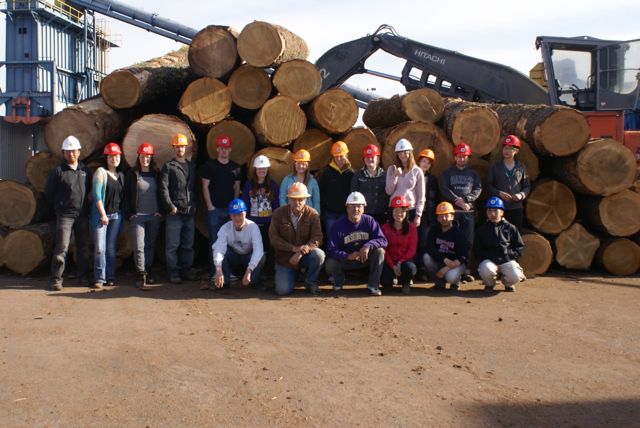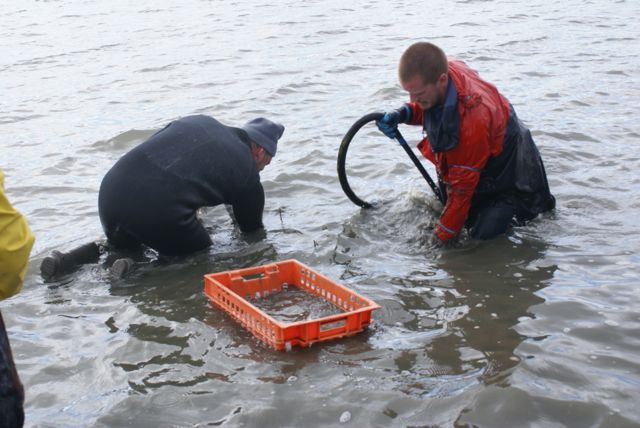 |
 |
 |
 |
 |
 |
|
Home Page Requirements Course Schedule Discussion Board Email the Class READINGS Introduction Forest General Forest Local Forest Post-Trip Aquaculture Ecology Aquaculture Politics Aquaculture Local Dairy General Dairy Local Dairy Post-Trip FIELD TRIPS Forest Products Aquaculture Dairy ESSAY ASSIGNMENTS Forest Products Shellfish Dairy |
Readings for Week Two: Forests at the World and National ScalesTuesday, April 4Today we will read and discuss materials that will familiarize you with world and US patterns of forested areas, deforestation, and reforestation, as well as the ecological, economic, and social role that forests play in today's world. Begin by reading FAO 2015 Global Forest Resources Assessment, along with chapters 1-6 and 8 of the USFS Future of America's Forests and Rangelands. In many cases, to save time you can look at tables and charts, and skim the prose. By midnight on Monday, April 3, you should post your answers (50 to 100 words each) to the following three questions:
Thursday, April 6Today we will devote the first half of class to forests as sources of energy and the second half to forests as providers of ecosystem services.First Half: Forests and Biofuels Background: Biofuels and the world energy budget First have a look at some statistics on world and US energy use, by dinking around on the International Energy Agency 's Key World Energy Statistics and the U.S. Energy Information Administration's Annual Energy Outlook report. Pay particular attention to the sources of energy and the proportion of biomass energy, which is growing but still small. When you've finished reading and dinking, but in no event later than midnight on Wednesday, April 5, you should post a short piece (200-300 words, unless you're really inspired) on what you've learned from reading about world energy trends and how it makes you feel. We will not spend class time specifically on this topic; it is background that you need to know when you consider the role of forests in energy production. Read two scientific articles on woody biomass and its possible role in world energy production:
Here we take time to introduce the concept of ecosystem services, by reading the two scholarly articles from a special issue of Ecological Economics volume 69 (2010):
|